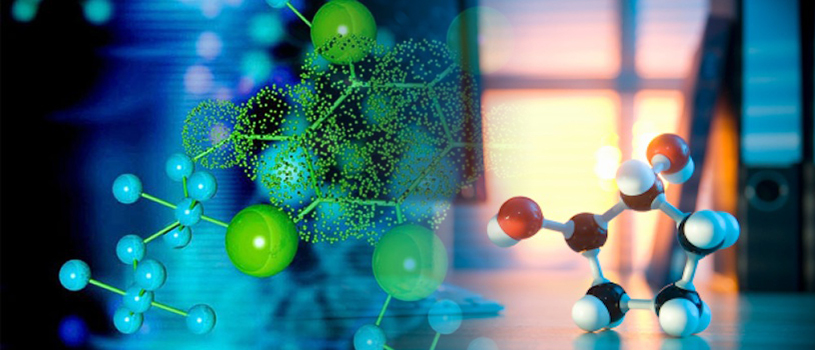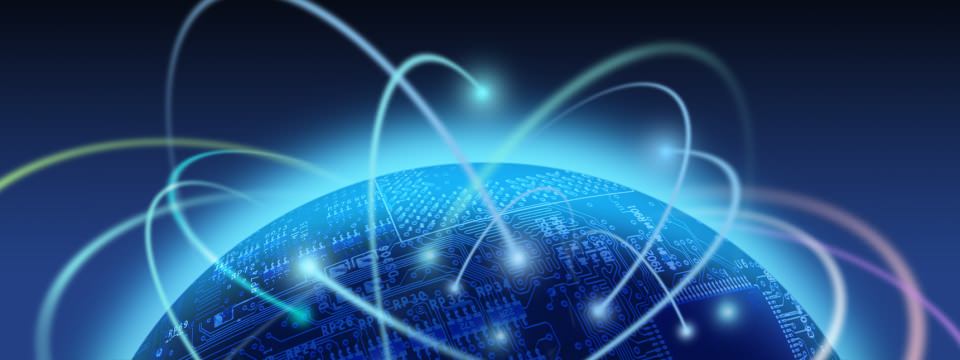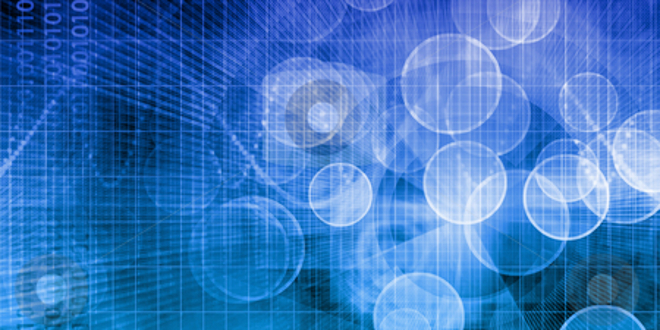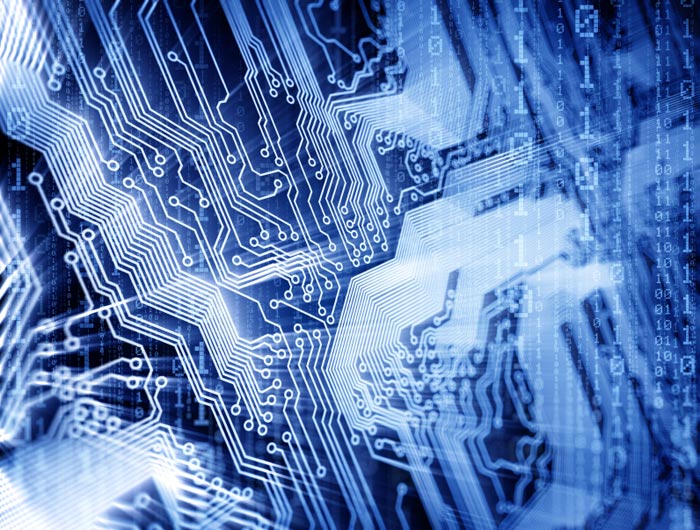
Researchers have demonstrated nanomaterial-based white-light-emitting diodes (LEDs) that exhibit a record luminous efficiency of 105 lumens per watt.

It is wholly a confusion to suppose that more efficient lighting leads to diminished consumption. The evidence from space says otherwise.

There is more artificial light at night across the globe and that light at night is getting brighter. The rate of growth is approximately two percent each year.

A tower features many energy-saving technologies, including an attractive S-shaped recess in the facade that creates a low pressure zone for facilitating natural ventilation on every floor.
Phones of the future could detect your gestures without touch, thanks to two-way LEDs

India’s ambitious plan worth $1trillion to partially transform its energy sector into clean energy and enhance energy efficiency will help millions of villagers and help households save billions of dollars in electricity bills.

New fabrication of white light makes data transfer up to 20x faster. Soon we could use normal lighting for our wireless connectivity.

In experiments, light-based Internet was fast enough to download the equivalent of 23 DVDs in one second.

This future aircraft concept is centered around connected human experiences. Slick entertainment screens, fascinating LED light displays and doors that raise from floor to ceiling are some of the concepts in Boeing’s aeroplane of the future.

Imagine a technology, which could connect you to the Internet at speeds of 1Gbps, by simply using LED bulbs, free from any waves with potentially harmful effects on the body. That is precisely what Li-Fi offers.

A group of researchers at MIT have figured out how to develop LED lights that achieve 230% efficiency.

In a new article, researchers describe a way of creating thin, flexible sheets of organic light-emitting diodes (OLEDs) using a cheap, newspaper-style

A breakthrough in producing light emitting diodes could bring LED production costs down as much as 75.